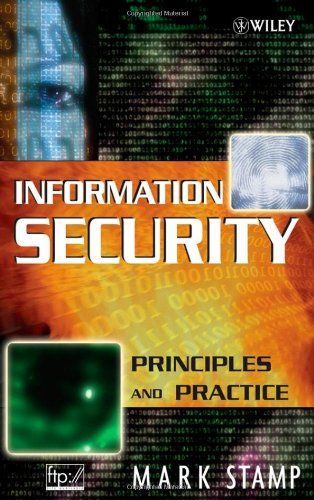
Information Security Principles and Practice
Your expert guide to information security As businesses and consumers become more dependent on complexmultinational information systems, the need to understand anddevise sound information security systems has never been greater.This title takes a practical approach to information security byfocusing on real-world examples. While not sidestepping the theory,the emphasis is on developing the skills and knowledge thatsecurity and information technology students and professionals needto face their challenges. The book is organized around four majorthemes: * Cryptography: classic cryptosystems, symmetric key cryptography,public key cryptography, hash functions, random numbers,information hiding, and cryptanalysis * Access control: authentication and authorization, password-basedsecurity, ACLs and capabilities, multilevel and multilateralsecurity, covert channels and inference control, BLP and Biba'smodels, firewalls, and intrusion detection systems * Protocols: simple authentication protocols, session keys, perfectforward secrecy, timestamps, SSL, IPSec, Kerberos, and GSM * Software: flaws and malware, buffer overflows, viruses and worms,software reverse engineering, digital rights management, securesoftware development, and operating systems security Additional features include numerous figures and tables toillustrate and clarify complex topics, as well as problems-rangingfrom basic to challenging-to help readers apply their newlydeveloped skills. A solutions manual and a set of classroom-testedPowerPoint(r) slides will assist instructors in their coursedevelopment. Students and professors in information technology,computer science, and engineering, and professionals working in thefield will find this reference most useful to solve theirinformation security issues. An Instructor's Manual presenting detailed solutions to all theproblems in the book is available from the Wiley editorialdepartment. An Instructor Support FTP site is also available.